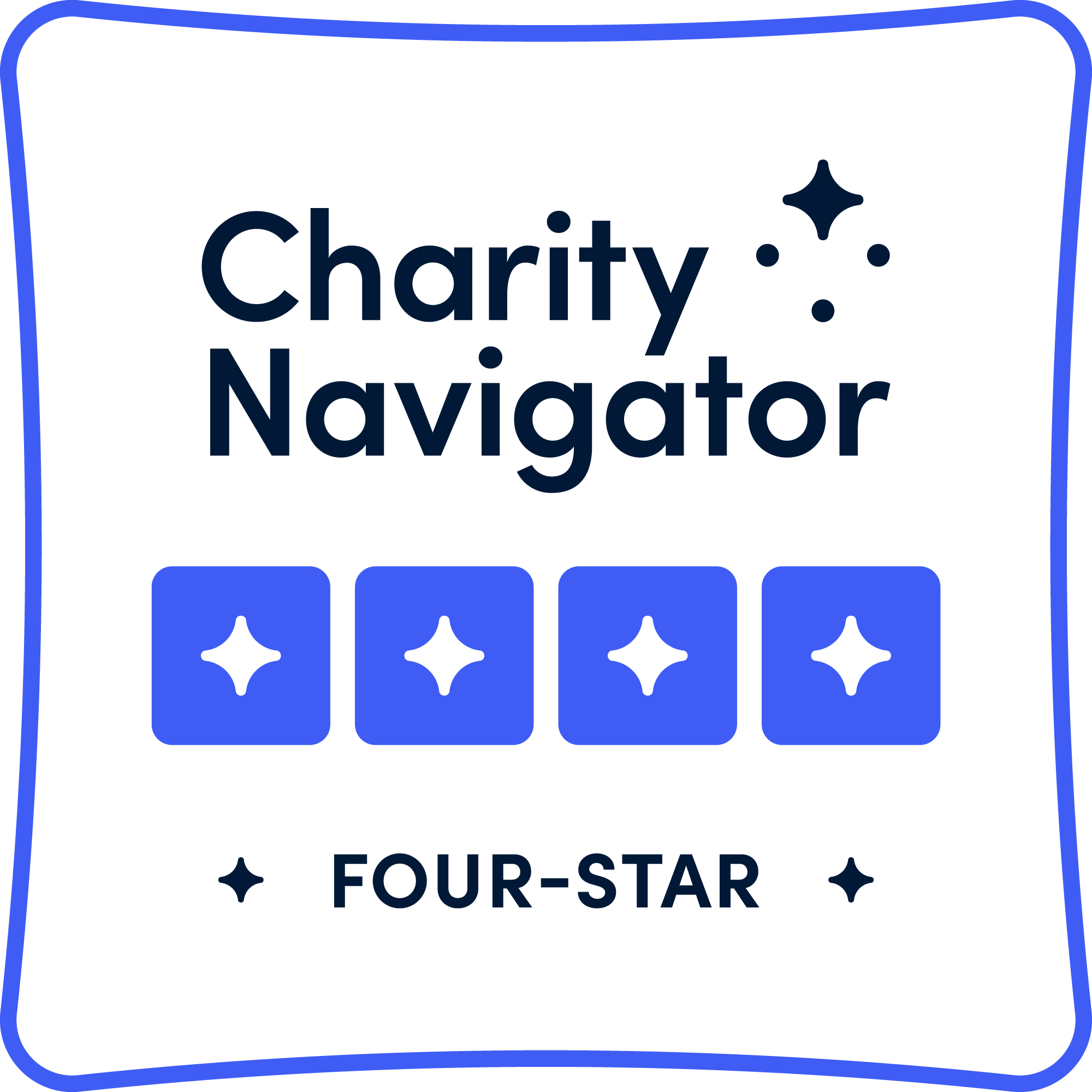Trainings are used as tools to close skills gaps, and they are deployed as tangible investments in developing talent. Targeted and deliberate trainings can make all the difference when the goals are to create conditions that help employees thrive and to build the knowledge and skills employees need to do so.
This is especially true when it comes to developing historically underrepresented talent in your workplace. Given that the U.S. workforce is currently 77 percent white, “historically underrepresented talent” directly refers to employees who are Black, Indigenous and people of color such as Pacific Islanders, Asians, Latinx/Hispanics and multiracial individuals. Women, gender-nonconforming and nonbinary individuals, as well as folks who have only partially completed college, hold associate’s degrees or hold skills-based credentials that are not bachelor’s degrees also tend to be underrepresented in the ranks of management and executives.

A final group of people who may be excluded from an organization’s talent development efforts altogether is workers with disabilities. According to the federal Office of Disability Employment Policy, just 19.6 percent of Americans with disabilities participated in the labor force during January 2021.
To attract talent from diverse backgrounds, employers must explore ways to identify and address hiring and workplace bias. Once an organization gets diverse and historically underrepresented talent in the door, studies such as those cited in Deloitte’s Unleashing the Power of Inclusion show that consistently inclusive workplaces retain diverse talent at a higher rate.
To truly be an organization that does more than value diverse and historically underrepresented talent, an employer must act to create the conditions for everyone to succeed by investing money and other resources into training underrepresented talent and everyone around them. To get started, consider the dimensions of trainings to put into place to help historically underrepresented talent thrive. Ask and answer two sets of questions:
- Who gets trained? In order to build an inclusive culture, everyone must have the skills and competencies to move in the same direction. To help historically underrepresented talent thrive, the talent and their predominantly represented counterparts must engage with learning agendas that meet the same objectives.
- What types of trainings will build and foster inclusion? There are formal trainings that are conducted in classroom and workshop settings that are more suitable for hard knowledge transfer and skills development. There are also on-the job learnings, coaching and stretch assignments that allow employees to learn and apply new information and skills in real time.
The chart [click to enlarge] included with this article presents examples of which trainings can be offered to best serve different groups of employees.
Types of Trainings to Consider for Different Groups of Employees
As you chart your own organization’s course toward offering the types of trainings that help underrepresented talent thrive, here are a few principles to follow:
- When considering how to support underrepresented talent, prioritize options that build confidence, encourage self-validation and coordinate to form a clear pathway to accessing additional resources and growth opportunities.
- Make the organization’s efforts to develop underrepresented talent transparent. Employees who feel seen, valued and supported for being exactly who they are will be better equipped to deliver quality performances and to remain with the organization.
- When considering how to support predominantly represented talent and build an inclusive culture where everyone can thrive, prioritize options that instill cultural competency, teach skills for advocating for others, promote accountability for learning and encourage correcting and improving inappropriate behaviors. Put someone in charge of auditing these efforts and repeat trainings as needed.
- When predominantly represented talent take on the responsibility of being advocates and holding themselves accountable, they actively contribute to building an inclusive workplace where everyone is better off.
Trainings can be used in precise ways to address acute skills development and to shape culture. Doing the latter is worthwhile to ensure that your organization’s learning agenda strategically and thoughtfully evens the playing field for historically underrepresented talent so they have every opportunity to succeed and thrive.
Click here to read the original article.


